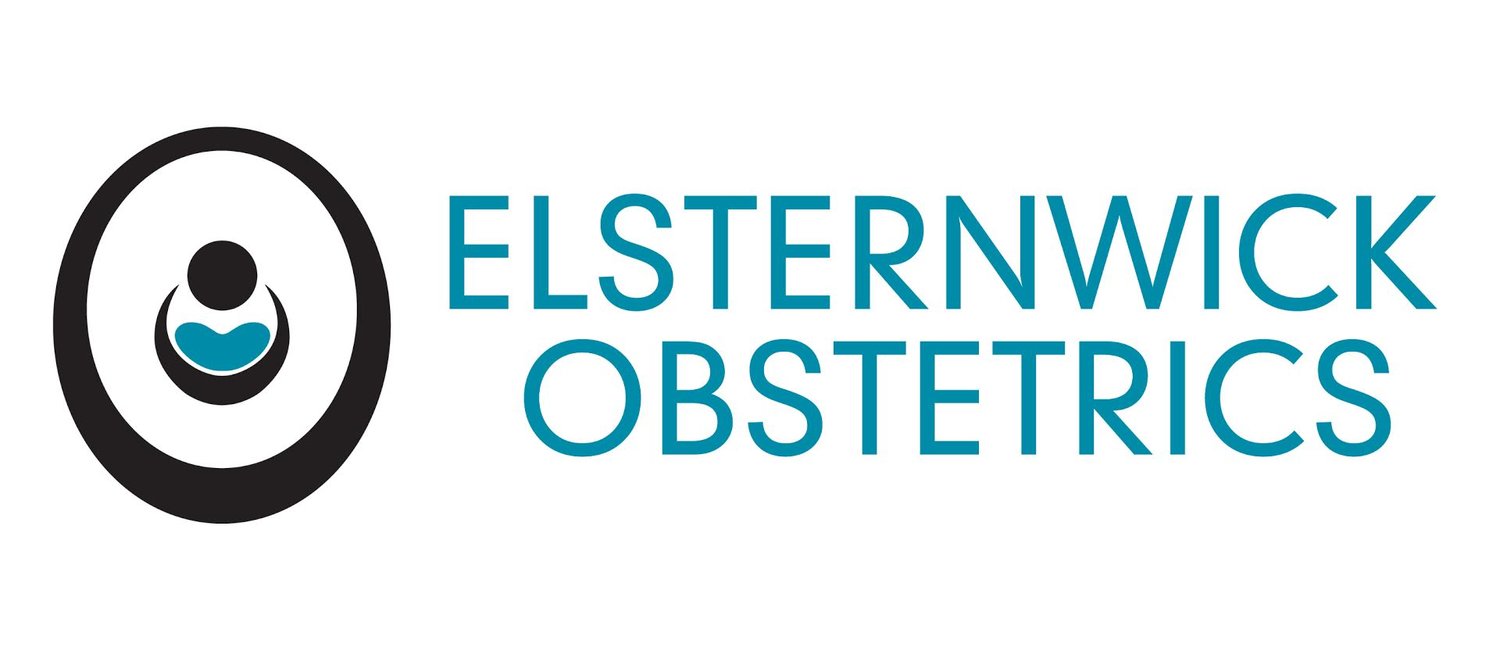Caesarean Birth
Caesarean section can be a life-saving procedure for both the mother and the baby.
Dr Cohen has performed more than 2500 caesarean sections , as an experienced obstetrician and Gynaecologist over the last 17 years of practice.
Elective Caesarean section
In this day and age Caesarean section is another way to have a baby.
Many women chose to have an elective caesarean section, not wanting to risk future issues with their pelvic floor, such as urinary incontinence or pelvic organ prolapse.
Some times there is no other option but to have an elective caesarean section , such as a placenta previa or sever fetal growth restriction.
Emergency caesarean section
Occasionally despite labouring a caesarean section is needed due to obstructed labour or fetal distress in labour.
Women and babies do very well after a caesarean section.
Dr Cohen’s unique Caesarean section technique.
All the anatomical layers, including the peritoneal layers are closed / sutured. This sadly is not done by all surgeons specifically in the public space. This can make future surgeries complicated.
When performing a repeat caesarean section, the old scar is excised. This gives a much better long term cosmetic result.
Dr Cohen uses an Alexis wound retractor, enabling a smaller incision, and causing less pain post surgery.
The abdominal wall is opened with diathermy in layers, thus avoiding bleeding, and enabling a neater closure. This also causes less bruising and post operative discomfort, as compared with the stretching technique, used by most gynaecologists.
The uterus is opened with scissors, in this way Dr Cohen is proud to say that he has never cut a baby. This technique also avoids uterine angle extensions, which can complicate the surgery.
The umbilical cord is left unclamped for one minute after the birth of the baby. In this way the baby receives more blood, helping to prevent anaemia later in infancy.
The uterus is closed in two layers with a monofilament dissolving stitch. This ovoids bleeding and enables a better closure.
The peritoneum and rectus abdominal muscles are closed, this prevents rectus diastasis in the lower abdomen.
The rectus sheath is closed with a tension free strata fix suture, again reducing post operative pain.
The skin is closed with a subcuticular dissolving stitch.
Dermabond is then applied to the closed ski and then a Leukomed dressing is applied over that. The dressing is left on for one month post the surgery.
Maternal involvement in Caesarean section
Skin to skin contact immediately after the birth of the baby is encouraged, as long as the baby is well. The paediatrician can dry the baby on the mother’s chest and breast feeding can even be started in the operating theatre.
Some women are keen on bringing their baby up onto their chests themselves. This is termed a ‘maternal assisted caesarean section’.
There are infection control issues with the mother placing her hands close to the abdominal incision and open uterus. These issues can be mitigated with careful planning if the women is very keen on a maternal assisted caesarean section.
VBAC (vaginal birth after previous caesarean)
Dr Cohen has supervised many successful VBAC’s .
Attempting a vaginal birth after one previous caesarean section is considered safe, as long as there are no other complicating factors. Women are encouraged to try for a VBAC after one previous section, if that is their wish.
It is unusual, however for a woman attempt a VBAC after two previous Caesarean sections. In exceptional circumstances a VBAC could be considered after two caesarean sections.
VBAC is also often discouraged in cases of maternal hypertension, obesity and diabetes.

